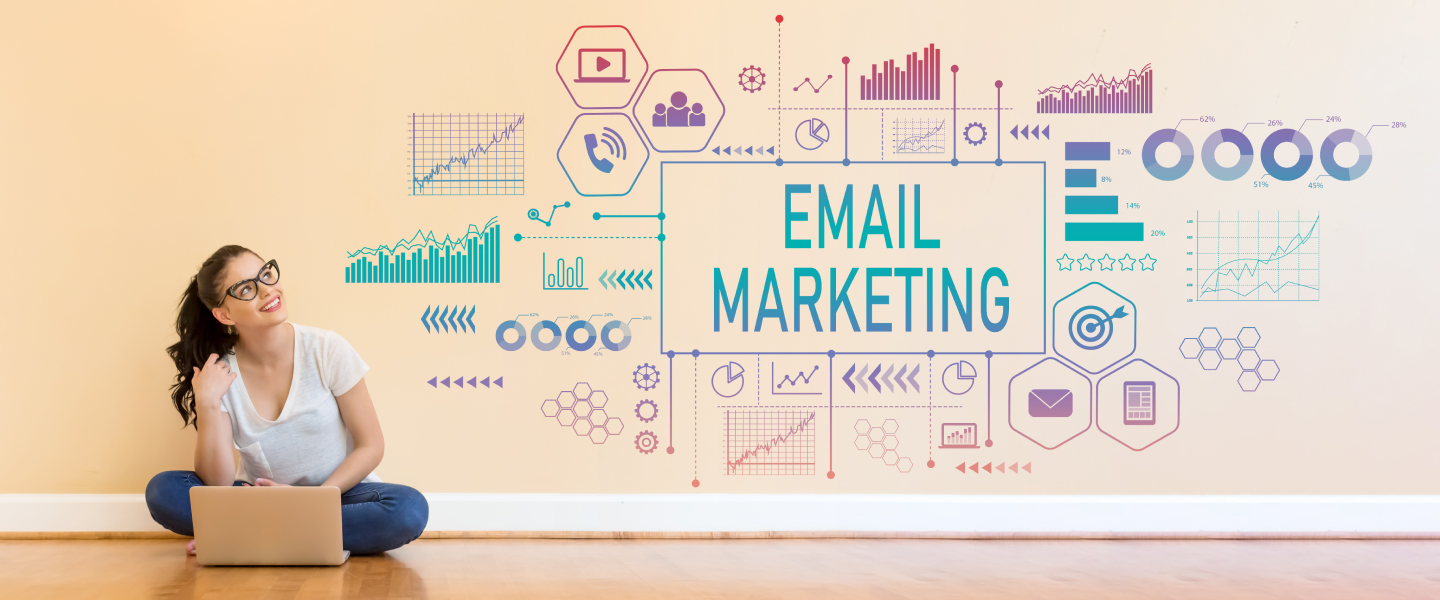
A quick Google search will tell you that the “best” time to send a marketing email campaign is Tuesday or Thursday between 9 and 11 A.M. However, if everyone adheres to this email marketing advice, then everyone’s inboxes will be flooded on the same day and time. Your email is likely to get lost in the shuffle.
This rule of thumb also does not factor in the industry, target audience, and time zone. If you’re trying to reach stay-at-home moms in California, you are going to want to send your email at a different time than if you are trying to reach a stockbroker in New York. Throughout this post, we will review the different ways to determine the ideal send time and how frequently you should be testing different send times.
You’re all set up on a new ESP (email service provider) and you have your first email marketing campaign ready to go. Congratulations!
When you go to schedule your campaign, your campaign management system asks you to set a send time. If you find yourself panic-Googling, there is a better solution. Platforms like Klaviyo and Mailchimp both have AI-powered scheduling features that will find the best time for you. In the case of Klaviyo, you will need to schedule three or more campaigns using a “gradual send.” Your campaign will send to a certain percentage of your list every hour for 24 hours. After this test has run a few times, Klaviyo will determine your “optimal” send time.

So now you know your best send time. But don’t set it and forget it. Consumer behaviors and attitudes are constantly changing, and your list size is constantly growing and changing. Consumers who may have regularly opened your emails and impacted your test results could unsubscribe. A good rule for any digital marketer is to always be testing, and it is important to have a testing plan in place. Unfocused and sporadic testing is not effective and will not warrant statistically significant results.
A/B testing is a powerful marketing tool that gives us a better understanding of your audience’s preferences and behaviors. But it is important to have clear goals and plans for your A/B tests so you can design a successful email program that’s customized for your business. Testing send times is just one of many A/B tests you should be running to optimize your email marketing.
